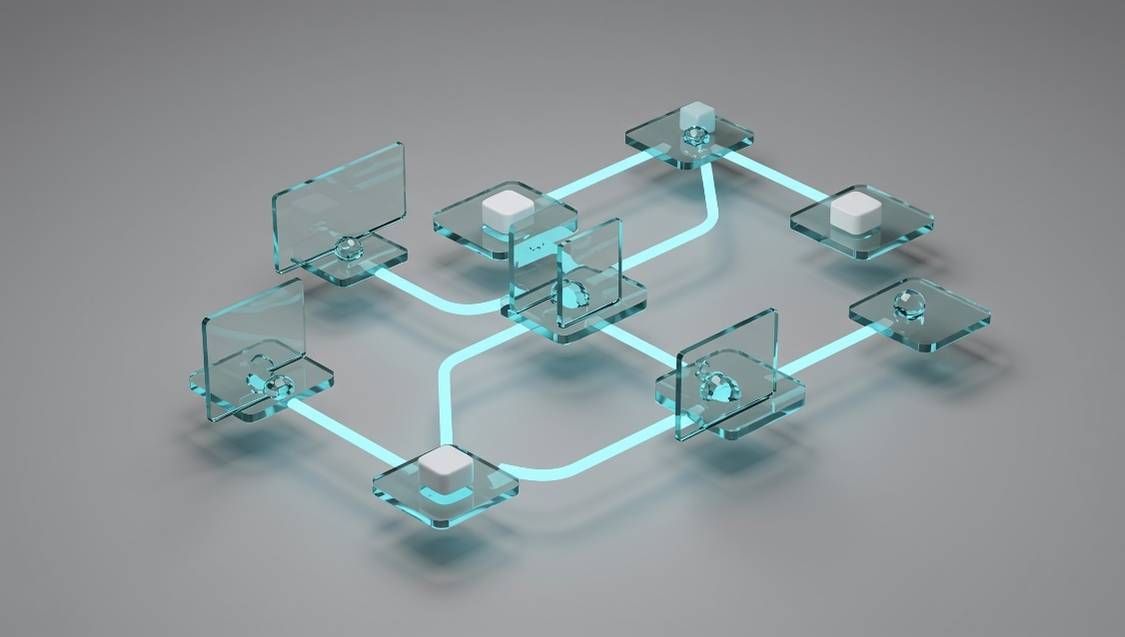In a rapidly evolving digital landscape, the real challenge isn’t adopting technology — it’s connecting it.
Modern organizations rely on dozens of platforms, tools, and applications to manage operations, communication, and analytics. But when these systems work in isolation, data becomes fragmented, workflows slow down, and decision-making suffers.
Integration isn’t just a technical concern anymore. It’s the core of modern technology strategy, driving agility, scalability, and long-term innovation.
From Fragmentation to Unification: The Power of Connection
Every disconnected system represents a missed opportunity. When data lives in silos, organizations lose the ability to see the big picture. Integration solves this by connecting people, processes, and platforms into one intelligent ecosystem.
An integrated architecture enables:
- Seamless data flow across departments and platforms
- Automated workflows that save time and eliminate redundancy
- Consistent user experiences across digital touchpoints
- Real-time insights that support strategic decision-making
In essence, integration turns complexity into cohesion — enabling technology to serve the mission, not complicate it.
Why Integration Defines Modern Digital Strategy
Technology without integration is just a collection of tools. Strategy begins when those tools work together. Modern organizations understand that connectivity is capability.
Here’s why integration has become the defining trait of smart digital ecosystems:
- Efficiency through Automation: Integrated systems reduce manual processes, lowering error rates and boosting productivity.
- Data Consistency: A unified data environment ensures every department operates from the same truth.
- Adaptability and Scalability: Integrated platforms can evolve and scale with changing business needs.
- Enhanced Security and Compliance: Centralized management simplifies governance and reduces vulnerabilities.
Integration isn’t just about connecting systems — it’s about creating continuity, clarity, and control.

The Rise of API-Driven Architecture
The backbone of modern integration is the API (Application Programming Interface) — a framework that allows different applications to communicate effortlessly.
APIs have revolutionized the way organizations build and scale technology, enabling modular systems that can grow without disruption.
With API-first design, organizations can:
- Integrate new tools faster and with less friction
- Enable data interoperability across ecosystems
- Build flexible infrastructures that support long-term innovation
This approach replaces rigid legacy systems with adaptive digital frameworks — essential for organizations that want to stay agile in a world of constant change.
Integration as a Culture, Not Just a Configuration
True integration isn’t achieved by software alone. It requires a cultural shift — one that values transparency, collaboration, and shared ownership of digital outcomes.
Forward-thinking organizations build integration into their DNA by:
- Encouraging cross-departmental collaboration
- Investing in data literacy and shared digital goals
- Adopting open technologies that support long-term adaptability
When integration becomes cultural, technology stops being a series of tools and becomes an orchestrated system of intelligence.
Looking Ahead: The Connected Future
The future of technology strategy lies in interconnected intelligence — where systems don’t just talk to each other, but learn and evolve together.
From AI-driven automation to real-time analytics and smart infrastructure, the organizations that master integration will lead in agility, performance, and innovation.
Integration is no longer optional.
It’s the strategic foundation of digital resilience — and the key to turning technology into a living, learning ecosystem.



